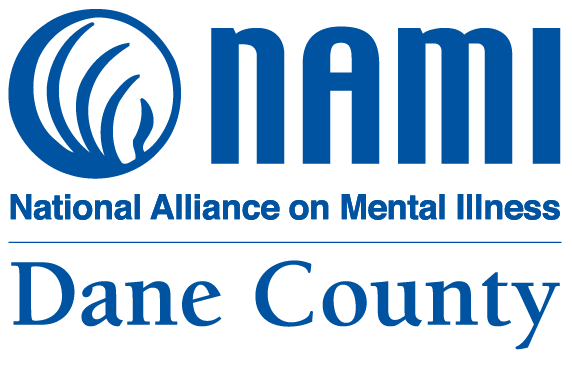My Experience as a Survivor of Suicide and Clinician
By Kristen Esbensen, LCSW - NAMI Dane County Board Member
September is National Suicide Awareness month, and in support of NAMI’s acknowledgment of this important topic, I was asked to share some thoughts on being both a mental health clinician and a suicide survivor.
As I prepared to write about being in this dual role of clinician and survivor, I thought back to how it was that I became both. In 1953, when I was six years old, my mother took her life, so I was a survivor of suicide from quite an early age. I never thought of myself specifically as a suicide survivor. After all, I was the little girl, then the teenager, and then the young adult who had lost her mother to suicide. Suicide was never a topic that those around me addressed directly. At that time, it was only spoken about when I was not present. The parents of my friends would caution their kids not to talk about “it” with me directly. There were always suspicions about what role, if any, my father had played in the passing of my mother. There were also suspicions as to who I was as a young person, and who my father, sister and I were as a family. Indeed, survivorship was a mantle placed upon me before I even knew what it meant to be a survivor.
It wasn’t until 1980, when I started to work in Suicide Prevention at the Mental Health Center of Dane County (MHCDC) in the Emergency Services Unit (ESU), that I learned there was such a thing as being a suicide survivor. I never knew there was language to describe what I had felt and experienced for all those years. Two of the first words and concepts I began to associate with being a survivor were “stigma and abandonment.” Stigma was what I had experienced throughout my childhood, with parents sometimes not permitting their kids to come over to my house to play or sleep over. Abandonment was the word to describe that sense of a huge empty space inside me, where my mother should have been. I learned that parents actually choose to leave their kids, and that the community often blames the surviving parent and family members when a suicide occurs.
Over time, I became increasingly interested and involved in working with suicide survivors in the Emergency Services Unit. ESU sponsored a group named “Survivors of Suicide” (SOS) that met twice monthly. The group was co-facilitated by a skilled survivor and a mental health clinician on the ESU staff. The Unit worked closely with the Coroner’s Office and received the reports of people who had taken their own lives. We used those reports to reach out to people to offer them both one-on-one services and participation in SOS. This process brought together people who had experienced similar events in their own families, and created a place where survivors could comfortably share their stories and experiences pertaining to a family suicide, with a group of other sympathetic and supportive survivors.
Working in ESU and having the privilege of working with other survivors, helped inspire and lead me to pursue an advanced clinical degree in graduate school that would qualify me to work with both survivors and individuals in need of clinical services. I went on to establish a Youth Crisis Unit (YCU) that focused entirely on kids and their families. Following the suicide of a student, YCU responded to schools and other places in the community, providing support to other students and staff immediately affected by the suicide.
In summary, I would say that I became a survivor first, and a clinician second. As a clinician, I have been able to incorporate what I learned from survivors into my clinical practice. I work to reduce stigma and to assist in the healing of painful abandonment feelings. I also work to assuage the feelings of guilt suffered by many survivors. Healing from the suicide of a family member or friend is a long process. We go through many stages of grief, and old feelings – often unpleasant – can emerge when we experience or hear of other suicides. But we also learn that life can go on and that even some good things can flow from the loss. For me, the good thing was deciding I wanted to help others as a clinician, as I had been helped by both survivors and other clinicians.
Finally, I want to share what a pleasure it has been for me to serve in Dane County for the past 40 years, and such an honor to have served on the NAMI Dane Board of Directors for six of those years.
